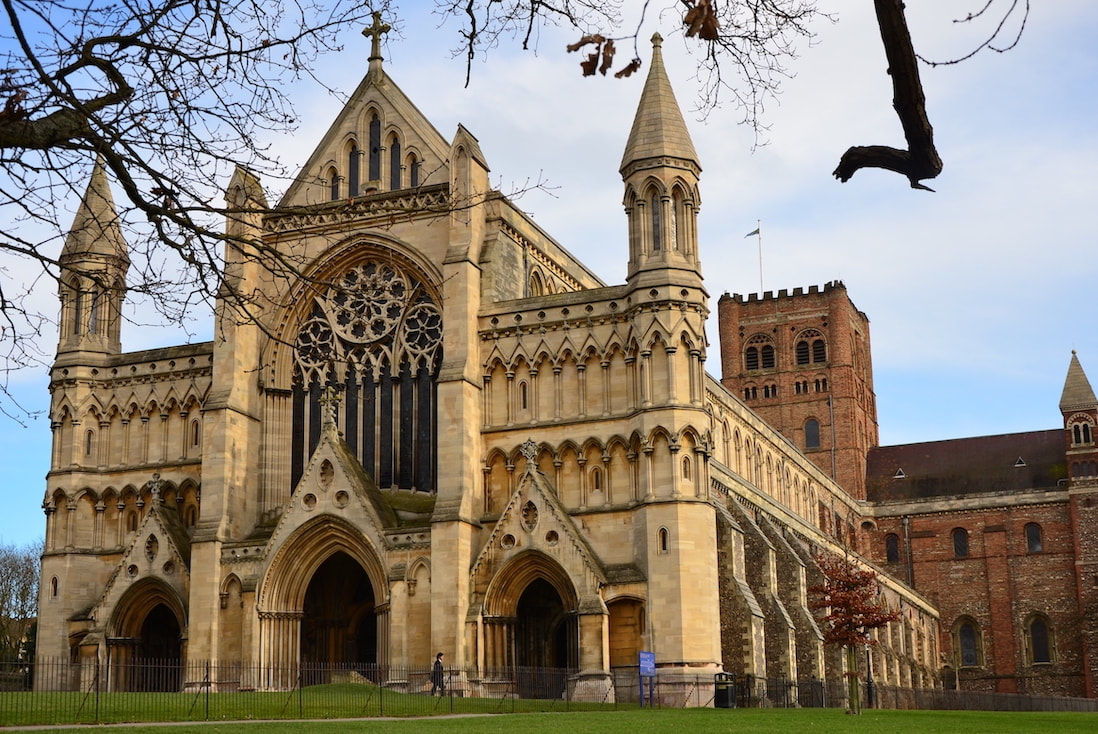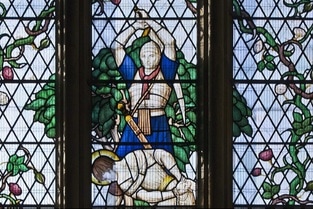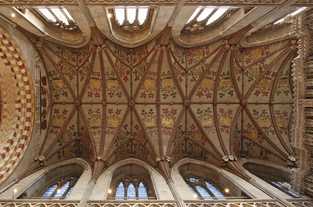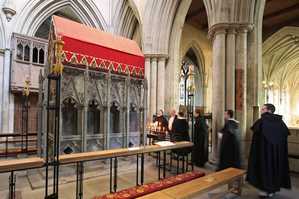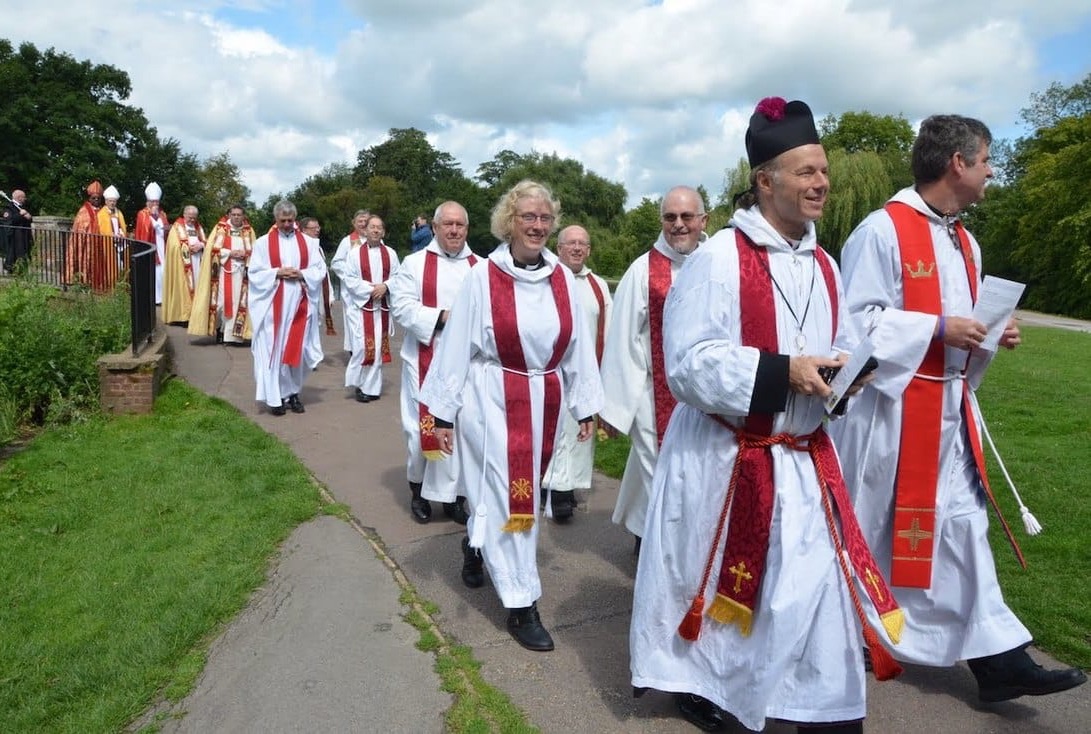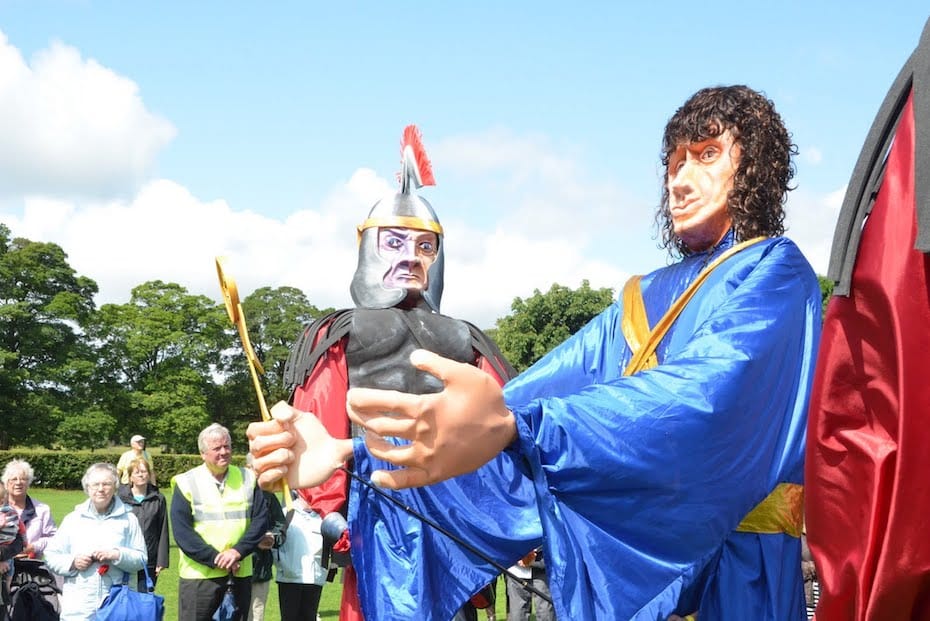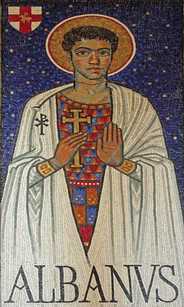EUROPEAN GREEN PILGRIMAGE NETWORK
St Albans, EnglandSt Albans Cathedral, in the city of St Albans, Hertfordshire, is the oldest site of continuous Christian worship in Britain and stands over the place where Alban, Britain's first saint, was buried after giving his life for his faith more than 1,700 years ago.
The place where he was buried became a place of worship and pilgrimage. Down the centuries, countless pilgrims have come to honour the saint’s sacrifice and offer their prayers at his shrine – and they still come in their thousands today. The town of St Albans grew up around the shrine as a place of hospitality. Today's St Albans Cathedral – officially known as the Cathedral and Abbey of St Albans – was completed in 1115 under Abbot Richard d’Albini. |
The Church of EnglandSt Albans is one of nine cities and 22 different organisations and faiths that joined as founding members of the Green Pilgrimage Network in 2011. The founder members from St Albans are:
|
The story of St Alban
A forbidden religionSt Alban lived in the Roman town of Verulamium, around the end of the 3rd century. Alban gave shelter to a fleeing priest, Amphibalus, and was so moved by the
priest’s courage that he asked to be taught more about Christianity, which was then still a forbidden religion in Roman Britain. |
Britain's first martyrAlban was arrested and declared that he worshipped and adored 'the true and living God, who created all things'. The magistrate ordered that Alban should receive the punishment due to the priest. He was led out of the city and brought to the site of execution where he was beheaded.
|
A place of pilgrimageAlban's grave became a place of pilgrimage and around it grew a Benedictine community, replaced by a large Norman Abbey in 1077, the remains of which are still visible in the tower and parts of the cathedral. This is the oldest surviving place of Christian worship in Great Britain.
|
Premier Benedictine abbeyTradition claims that a monastery was founded under the rule of St Benedict in 793. This required that all guests were received as though they were Christ himself. As home to St Alban's shrine (above), St Albans was prestigious and for centuries was England’s premier Benedictine abbey.
|
Pilgrims came to prayMany pilgrims came to pray at the shrine, including kings (Henry III is believed to have made nine visits) and St Albans became a centre of learning. Perhaps the most successful son of St Albans was Nicholas Breakspear, who became the only English pope, Adrian IV, in in 1154.
|
June 22 – St Albans DayPilgrims have been coming to pray at St Alban's shrine for 1,700 years. Every year, on St Alban’s Day, 22 June, the saint's story is celebrated and re-enacted. The red rose is a special symbol of the saint, following an ancient prayer: ‘Among the roses of the martyrs, brightly shines St Alban.’
|
‘Proper honour must be shown to all, especially to those who share our faith and to pilgrims.’
– St Benedict
– St Benedict
Greening pilgrimage in St AlbansIn joining the Green Pilgrimage Network, St Albans has committed itself to becoming an outstanding place of welcome and hospitality as a Green Pilgrim City. Its plans include:
|
Theological statement
St Albans has created a theological statement for St Albans as a Green Pilgrimage city. You can download it via the link below. |
St Alban's Day prayerHeavenly Father, you conferred upon your holy
martyr Alban such love for the mercy of Christ that he freely gave his life to save a hunted Christian. Grant that we, following his example, might be so faithful in our confession of the Gospel that we too might feel called to protect those who flee persecution and bear the reproaches of those who threaten their lives; through Jesus Christ our Lord, who is alive and reigns with you and the Holy Spirit, one God, now and forever. Amen. |
With thanks to Creative Commons photographers. Picture credits, from top, left to right: The Rose Window at St Albans Cathedral by Gary Campbell-Hall ; St Alban's Cathedral by Ben Sutherland;
The martyrdom of St Alban by Fr Lawrence Lew, OP; Roof detail by Fr Lawrence Lew; St Albans Shrine by Fr Lawrence Lew, OP; Procession of priests by Diocese of St Albans;
St Albans Festival by Diocese of St Albans; St Alban, by Fr Lawrence Lew, OP
The martyrdom of St Alban by Fr Lawrence Lew, OP; Roof detail by Fr Lawrence Lew; St Albans Shrine by Fr Lawrence Lew, OP; Procession of priests by Diocese of St Albans;
St Albans Festival by Diocese of St Albans; St Alban, by Fr Lawrence Lew, OP

